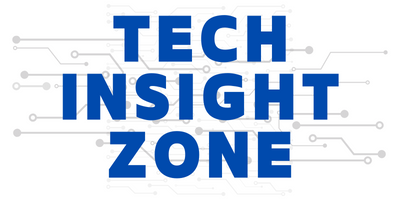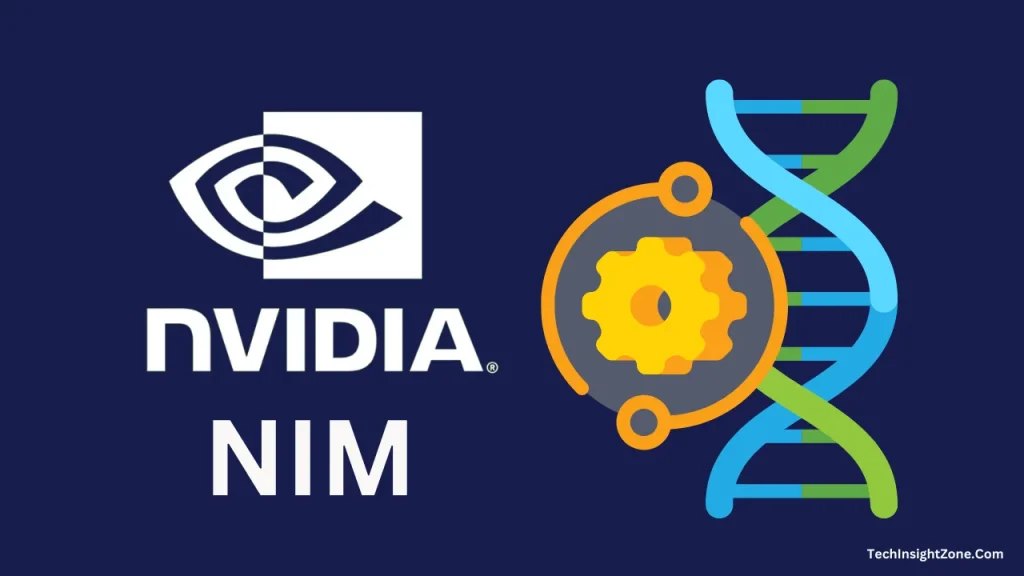The world of healthcare is on the cusp of a major transformation, fueled by the power of artificial intelligence (AI). This week, NVIDIA and Amazon Web Services (AWS) announced a groundbreaking collaboration that promises to simplify and accelerate the development and deployment of generative AI for healthcare and life science companies.
Let’s delve deeper into this exciting development and explore its potential impact.
The Bottleneck: A Healthcare System Unprepared for AI
The traditional healthcare system often struggles to integrate cutting-edge technologies like AI. Here’s why:
Complex AI Development: Building and deploying generative AI models is inherently complex. It requires a trifecta of resources:
- Deep AI Expertise: Researchers need a strong foundation in AI development to navigate the intricacies of model creation and training.
- Powerful Computing Resources: Generative AI models are computationally intensive, demanding access to high-performance computing resources like GPUs. These resources can be expensive and require specialized knowledge to manage effectively.
- Domain-Specific Knowledge: Simply understanding AI isn’t enough. Developers need a deep understanding of the specific healthcare domain they’re working in to ensure the models address real-world medical challenges.
Enter NVIDIA NIM: A Game-Changing App Store for Healthcare AI
NVIDIA’s solution comes in the form of NVIDIA Neural Micro Services (NIM), a suite of cloud-based microservices specifically designed for healthcare applications. Think of it as an app store, but instead of downloading productivity tools or games, you’re downloading pre-built AI models for drug discovery, medical imaging analysis, and even genomics.
Here’s how it works: NIM offers a curated library of pre-trained generative AI models. These models are built using NVIDIA’s expertise in AI development and optimized to run on their powerful GPUs (graphics processing units) – the workhorses behind complex AI computations.
Researchers and developers can access these models through easy-to-use APIs (application programming interfaces). Imagine it like ordering pre-made ingredients for a complex recipe – you simply select the models you need and integrate them into your workflow, eliminating the need to build everything from scratch.
The Role of AWS: A Powerful Cloud Platform
Now, this app store analogy only goes so far. Here’s where AWS comes in. While NIM provides the pre-built AI models, AWS offers the robust cloud platform needed to run them.
These models require significant computing power, and AWS provides the infrastructure – the high-performance computing instances and storage capabilities – to ensure these models perform at their peak.
Additionally, AWS HealthOmics, a specialized service for biological data analysis, integrates seamlessly with NIM’s genomics models.
Benefits and Potential Applications: From Faster Drug Discovery to AI-powered Assistants
The implications of this collaboration are vast. Companies like Amgen are already leveraging NVIDIA’s BioNeMo framework, a key component of NIM, to design new drugs faster.
BioNeMo provides pre-trained AI models specifically designed for protein design and drug discovery workflows. This significantly reduces the time and resources needed to develop new drugs, potentially leading to faster breakthroughs in treatments for a variety of diseases.
But the applications extend far beyond drug discovery. NVIDIA’s Parabricks genomics models, also included in NIM, can analyze massive datasets of genetic information on AWS at lightning speed.
This could unlock new insights into diseases, leading to the development of more personalized treatments tailored to an individual’s unique genetic makeup.
Looking ahead, we can also expect to see the emergence of AI-powered assistants in healthcare settings. Large language models, another component of NIM, could be used to build these assistants, enabling them to answer patient questions, support doctors with administrative tasks, and even analyze medical records to identify potential risks or complications.
Challenges and the Road Ahead
Of course, there are challenges to overcome. Security and privacy are paramount concerns in healthcare. Both NVIDIA and AWS need to ensure that these AI models operate within a robust security framework that protects sensitive patient data.
Additionally, integrating these new tools into existing healthcare workflows will require careful planning and collaboration between researchers, developers, and clinicians.
A Brighter Future for Healthcare AI
Despite these challenges, the future of AI in healthcare is undeniably bright. By simplifying access to powerful AI tools through a plug-and-play approach, this collaboration between NVIDIA and AWS is paving the way for a new era of medical innovation.
We can expect to see faster drug discovery, more efficient diagnostics, and even AI-powered assistants working alongside doctors and patients.
This is a significant step forward, and it’s an exciting time to be following advancements in healthcare AI. As these technologies continue to evolve, the potential to revolutionize how we diagnose, treat, and prevent diseases seems limitless.
Furthermore, speaking of which, ASUS has recently emerged as a frontrunner in AI supercomputing, making significant strides at ISC 2024. Dive deeper into the realm of AI-powered innovations with ASUS’s latest endeavors.





